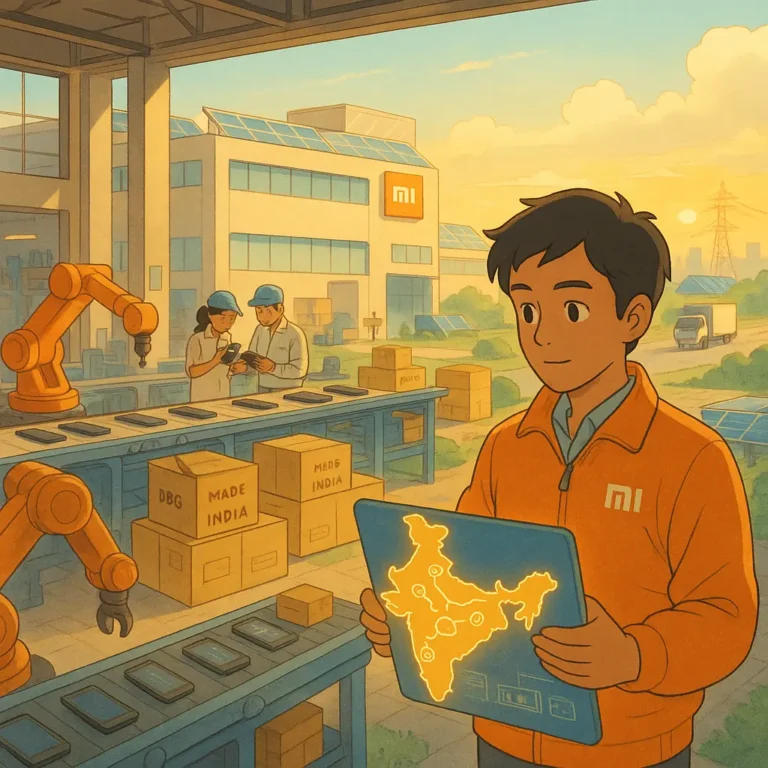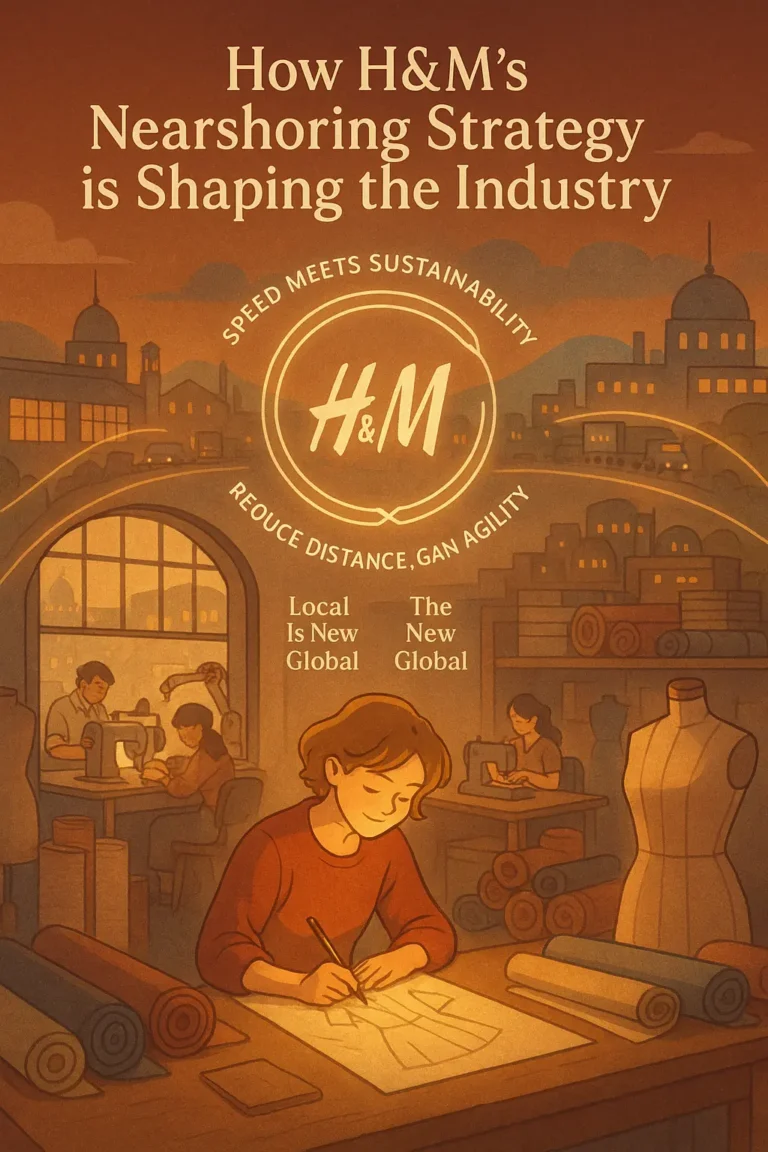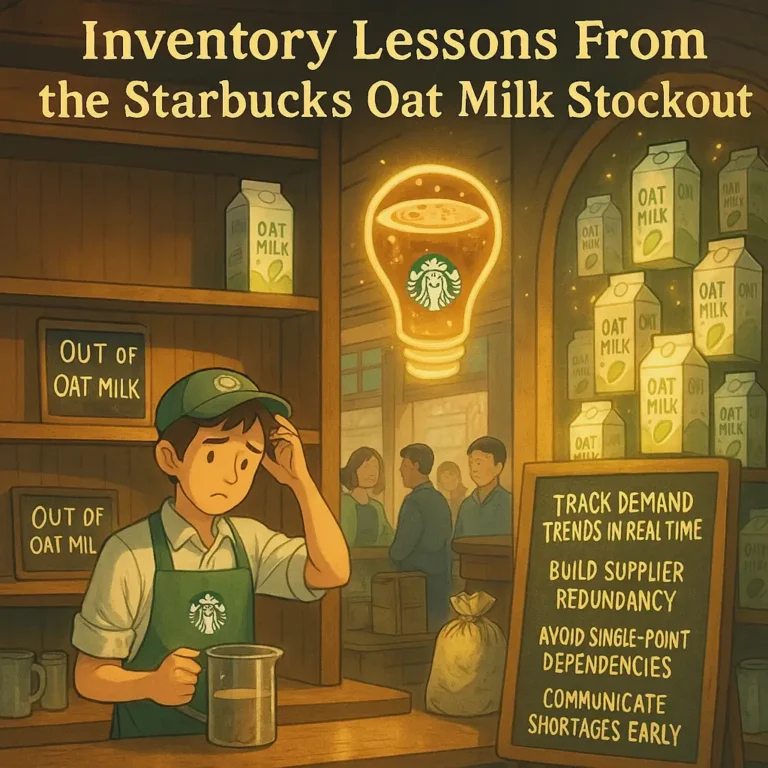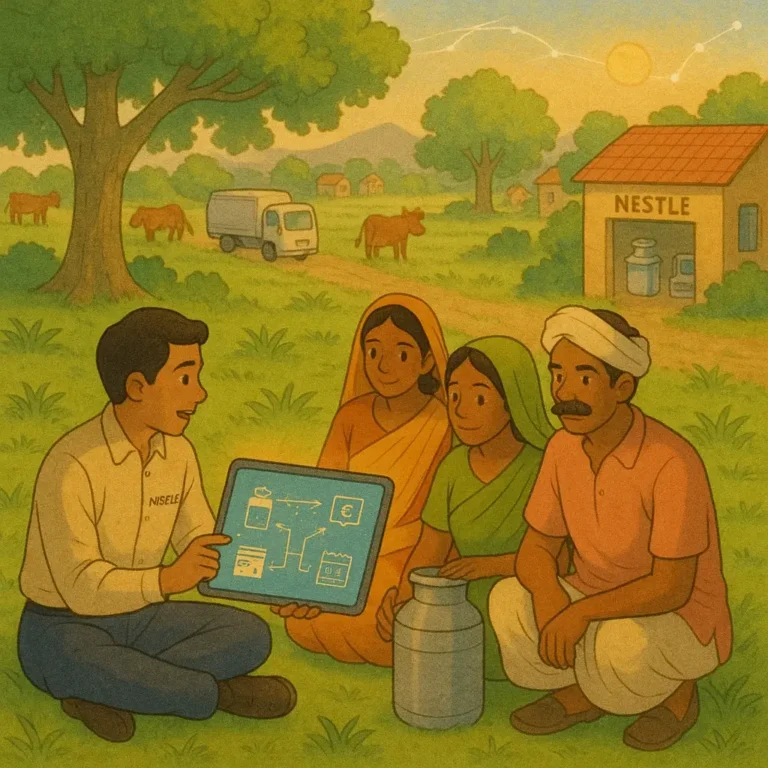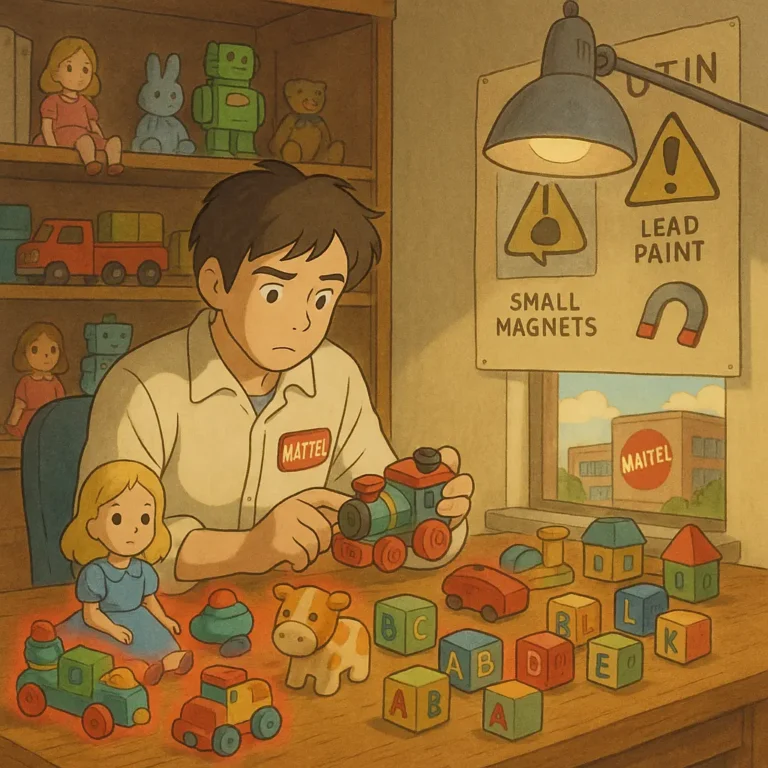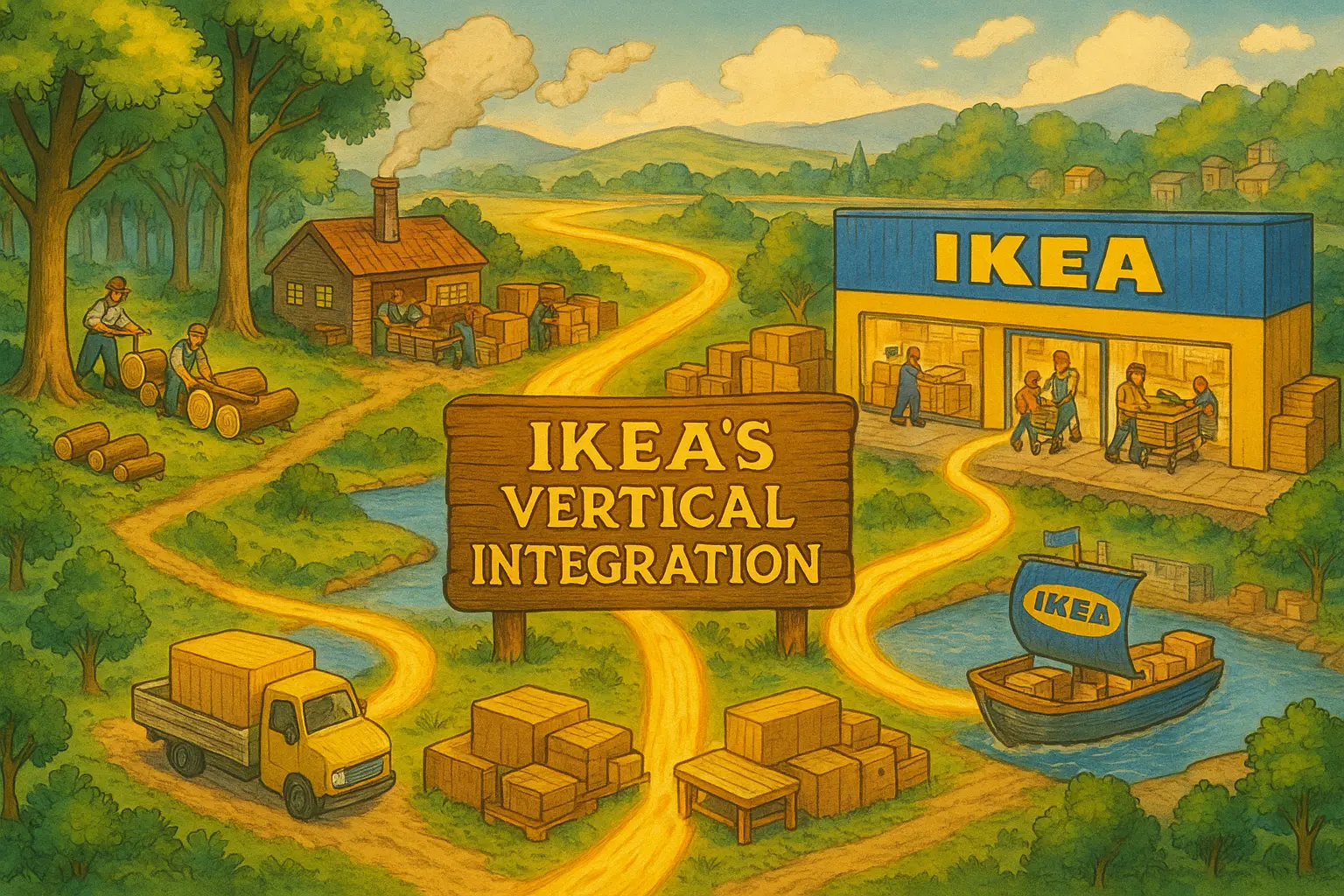
IKEA's Vertical Integration Strategy
IKEA’s vertical integration strategy underpins the company’s ability to offer low-cost, flat-pack furniture globally while maintaining quality and sustainability standards. But why is it so successful?
Article Brief & Key Nuggets:
- IKEA owns over 600,000 acres of forest to control its timber supply chain.
- The company integrates raw material sourcing, manufacturing, logistics, and retail to maintain cost leadership and ensure sustainability.
- IKEA’s model demonstrates how vertical integration can serve as both a cost advantage and a risk management tool.
- Supply chain professionals can borrow lessons in sustainability, long-term thinking, and selective in-sourcing.
- African businesses should adapt vertical integration in manageable stages, targeting strategic bottlenecks in their value chains.
IKEA’s Vertical Integration Strategy Started With a Timber Problem
IKEA’s vertical integration strategy didn’t begin as a trendy sustainability campaign. It started with a threat: rising timber prices and unpredictable supply. By the early 2000s, IKEA’s demand for wood was massive enough to make up 1% of the global commercial timber market.
But its grip on the source was loose. Outsourcing its wood sourcing exposed IKEA’s supply chain to volatility it could no longer ignore. The company’s response was simple and bold.
It decided to own the trees.
In 2015, IKEA acquired 83,000 acres of forest in Romania, followed by 25,000 acres in Alabama, USA, and subsequently, additional forest areas in the Baltics and Europe.
As of 2020, IKEA owned more than 613,000 acres of forestland, becoming one of the world’s largest private forest holders—not to sell wood, but to build furniture.
Frederik de Jong of IKEA Resource Independence Investments stated that IKEA aimed to “set an example for sustainable forest management.” But the deeper play was control.
Owning forests meant IKEA could secure access to raw materials, stabilize input costs, and drive sustainability from the root up—literally.
Read More: Lessons From Boeing’s 737 MAX Supply Chain Freeze.
IKEA’s In-sourcing Strategy is Built on Four Simple Principles
IKEA’s in-sourcing works because it follows clear, scalable principles. Each one solves a specific business problem.
- Supply Security: IKEA no longer relies on unstable markets. It now pulls timber from its own land.
- Cost Control: Removing supplier markups helps IKEA maintain its reputation for affordability.
- Efficiency: IKEA maximizes material use by re-engineering processes, like extracting value from knotty or fast-growing wood.
- Sustainability: IKEA uses its ownership to apply strict forest stewardship standards. It has pledged to be “forest positive”—growing more trees than it cuts.
Together, these principles power IKEA’s model: high volume, low cost, and standardized products. They give the company a margin edge and future-proof its raw material base. It’s vertical integration with a compass—pointed at cost and responsibility.
IKEA Didn’t Stop at Forests — It Took Control of Manufacturing and Logistics Too
IKEA’s vertical integration strategy went beyond forestry. It extended into manufacturing, logistics, and even customer services.
- Forestry investments: By managing its own forests, IKEA reduced its exposure to timber market swings while ensuring responsible sourcing. Owning forests also gave it financial resilience, as timberland is an appreciating asset.
- Manufacturing integration: IKEA Industry (formerly Swedwood) operates factories for high-volume products, including tables, shelves, and particleboard furniture. Its U.S. factory in Virginia cut transport costs, reduced currency risk, and guaranteed faster delivery for the American market.
- Retail and distribution: Unlike its competitors, IKEA owns its retail outlets and integrated warehouses, allowing customers to self-collect flat packs. This model slashed labor costs and boosted inventory turnover.
- Energy and services: By acquiring wind farms, solar parks, and TaskRabbit, IKEA strengthened its control over both production energy and the end-customer experience.
Every move followed the same principle: take control of the most critical supply chain links to stabilize costs, reduce risk, and improve efficiency.
Read more: How Tesla and Panasonic’s Partnership Reduced Battery Prices.
IKEA’s Logistics and Retail Integration Creates a Closed Loop
IKEA doesn’t just make furniture; it sells it in its own stores and ships it through its own distribution network. Its warehouse-style retail model—where customers grab flat packs themselves—was a logistics breakthrough that removed layers of cost and sped up turnover.
The stores double as warehouses. Each location feeds off automated distribution centers, all part of a tightly linked system. IKEA controls the flow from factory to shelf, allowing it to move millions of products across dozens of countries with minimal error and waste.
It even insourced home delivery and assembly services by acquiring TaskRabbit. The final mile became part of its supply promise—offering more speed, convenience, and brand control.
IKEA’s Vertical Integration Strategy Works Because It’s Built For Its Size and Model
IKEA’s vertical integration works because it fits its volume. The company produces in the tens of millions, which means that every cubic meter of wood it owns is utilized. Every facility runs at high capacity.
Its standardized product lines and predictable global demand make integration efficient.
IKEA’s privately held structure also helps. It can invest in forests or wind farms without worrying about quarterly profit drops. It plays the long game, where ownership pays off over years, not just in months.
This scale lets IKEA withstand timber price spikes, energy shocks, and even disruptions like COVID-19. While others waited for container ships, IKEA’s owned and optimized system, kept moving.
The Impact of IKEA’s Vertical Integration Strategy Reaches Cost, Quality, and Reputation
Vertical integration gives IKEA a cost edge. It doesn’t pay supplier margins on wood or manufacturing. That cost saving gets passed on to customers, strengthening brand loyalty.
It also improves product quality and consistency.
IKEA’s control over materials and production results in fewer defects, smoother assembly, and improved warranty rates.
Moreover, it fosters trust. IKEA’s sustainability claims carry weight because it owns the process. When it says its wood is FSC-certified, that’s not an audit—it’s a system.
Read More: Lessons From Boeing 787’s Outsourcing Woes.
Critical Lessons From IKEA’s Vertical Integration Strategy
IKEA’s story isn’t about owning everything. It’s about owning what matters most.
- Protect strategic inputs: IKEA owned forests because wood was its bottleneck. Every business has a similar choke point—whether it’s raw materials, tech, data, or packaging. Start there.
- Think long-term: Quick savings often come at a higher cost in crises. IKEA’s model shines when things go wrong. Resilience is an investment, not a cost.
- Balance control and flexibility: IKEA in-sourced where it had volume and repeatability. Elsewhere, it still utilizes over 1,200 suppliers. Integration doesn’t mean isolation.
- Use integration for sustainability: It’s easier to trace and improve what you control. Integration helps meet environmental targets and satisfy consumer scrutiny.
Supply chain professionals can’t copy IKEA step for step—but they can study how it picks its battles, owns its risks, and uses structure to deliver promises.
How African Supply Chains Can Apply These Lessons
African companies face fragile supply chains in raw materials, energy, and transportation. However, IKEA’s vertical integration strategy shows that some of those can be controlled—not by owning everything, but by investing selectively.
Start by mapping where delays or cost spikes have the greatest impact. If timber, cocoa, or shea butter is your base, owning a piece of the supply may bring stability. If haulage is the weak point, build or partner into it.
Vertical integration can also mean smarter control, such as setting up supplier-owned depots, joint ventures for processing, or regional clusters that pool resources.
The goal isn’t control for control’s sake. It’s building reliability where chaos costs the most.
The logic behind IKEA’s vertical integration applies to businesses of any size. Own where you’re weakest. Invest where you hurt the most. And build not just for now—but for 10 years from now.
Do you want more supply chain stories like this?
Subscribe here: https://supplychainnuggets.substack.com/

Obinabo Tochukwu Tabansi is a supply chain digital writer (Content writer & Ghostwriter) helping professionals and business owners across Africa learn from real-world supply chain wins and setbacks and apply proven strategies to their own operations. He also crafts social content for logistics and supply chain companies, turning their solutions and insights into engaging posts that drive visibility and trust.

